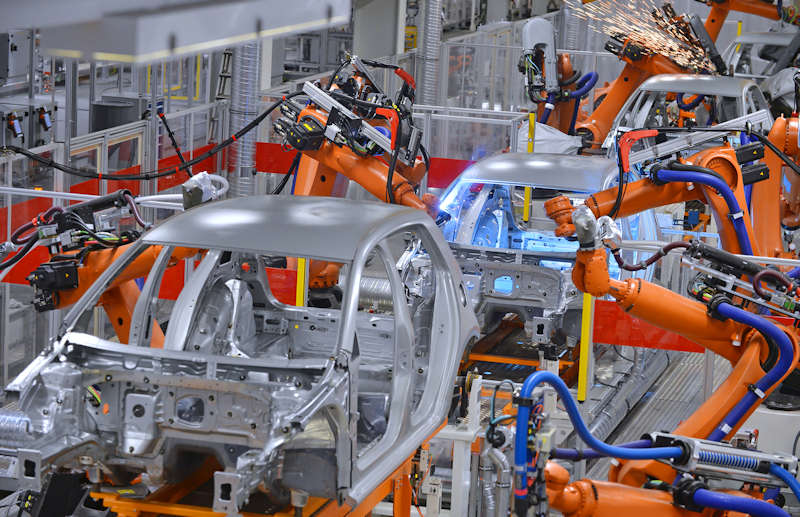Technology transfer from research to real-world applications, particularly in the manufacturing sector, presents a number of challenges. Small manufacturers present unique environments to test experimental or early stage technology. However, identifying these companies and understanding their unique situations are a challenge for the inventor.
Brian Weiss, a mechanical engineer at the National Institute of Standards and Technology (NIST), experienced this firsthand with his invention of the position verification sensor (PVS). This device measures how well a robot is able to precisely repeat its actions over time. Getting input from the field would accelerate the identification of issues and required modifications compared to limiting the testing to his lab environment. His ability to outreach to small manufacturers on his own was somewhat limited. However, seizing an opportunity to participate in an MEP Collision Event hosted by several New York MEP entities in 2019. Across two days and multiple cities, he was able to lay the building blocks for a formal collaboration involving the PVS which continues to today.
The result of collaborations between researchers and manufacturers yields real-world data and usage which can be used to improve inventions such as the position verification sensor and drive licensing revenue back to the organizations sponsoring the inventions while contributing to improved manufacturing processes, better products, more jobs and an ecosystem of collaboration between researchers and manufacturers.
Read more of his story “Technology Transfer Acceleration by the MEP National Network” on QualityDigest.com (also the video of the same title) and how they developed a Cooperative Research and Development Agreement Consortium (CRADA) to engage research partners and manufacturers in piloting the PVS.





